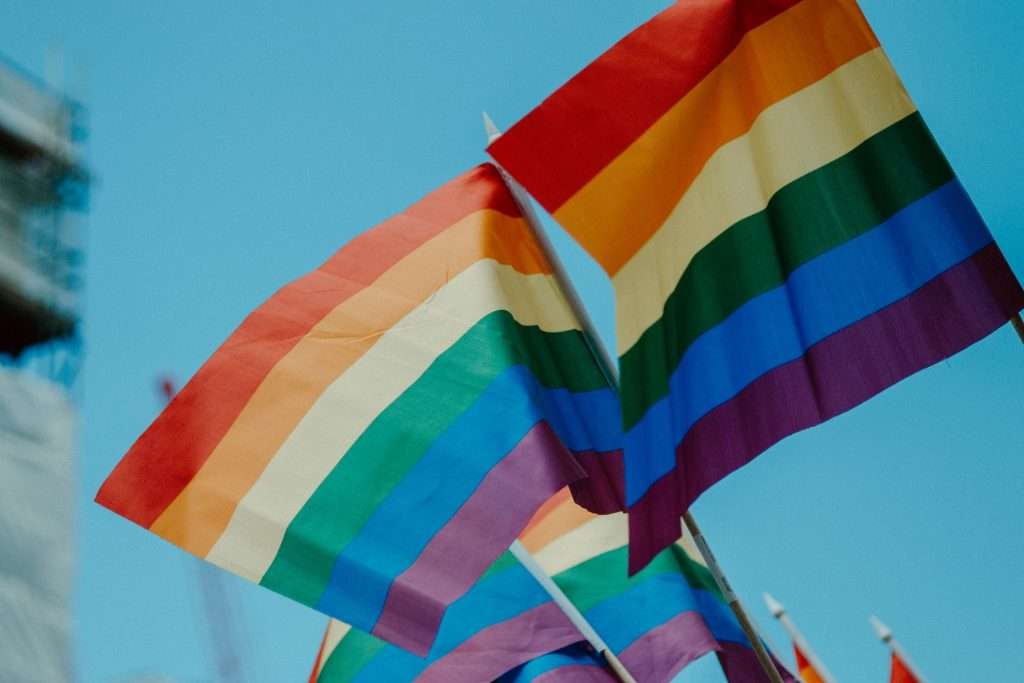Every June, token allies from across the globe cash in on the colourful celebrations of Pride. There’s multicoloured Frappuccinos from your favourite tax avoiding coffee house and rainbow t-shirts from your favourite high-street fast-fashion store. But what does it all really mean? Brands across the globe have been dipping their toes in the ‘change pool’ so as to bang a quick buck, for years.
The pink pound is a term coined first by The Guardian back in the 80’s. Since then, the term has seeped into academia, it’s definition outlining the often-more disposable cash of ‘the gays’.
But, what are the implications? The implications are that brands superficially paint on their pride colours while leaving the community it claims to support behind. Multi-million corporation? 10% richer! The community? Meh.
In a recent exposé, images emerged on social media of several well-known brands who had changed their logo to the pride flag and posted messages of ‘support’. It turned out that they had only changed their logo so it was visible in certain countries. UK gays? You can have the flag! Russian gays? You’ve got to suffer in silence, babes.
What can this teach brands about their CSR strategies? Well firstly, corporate social responsibility only works if you really take responsibility. Whether it’s the LGBTQIA+ community, or any other worthy cause- brands and companies must DO something, not just wear the hat for a few weeks and then take home the dividends.
*The pink pound, historically, refers to gay men who are estimated to contribute £6million per year to the British Economy. It is important to note, in this discussion, that exploitation of the ‘pink pound’ attempts to reap financial gain from the more affluent ‘gays in the village’, while underscoring and overlooking the acutely disadvantaged groups within the LGBTQIA+ community.


